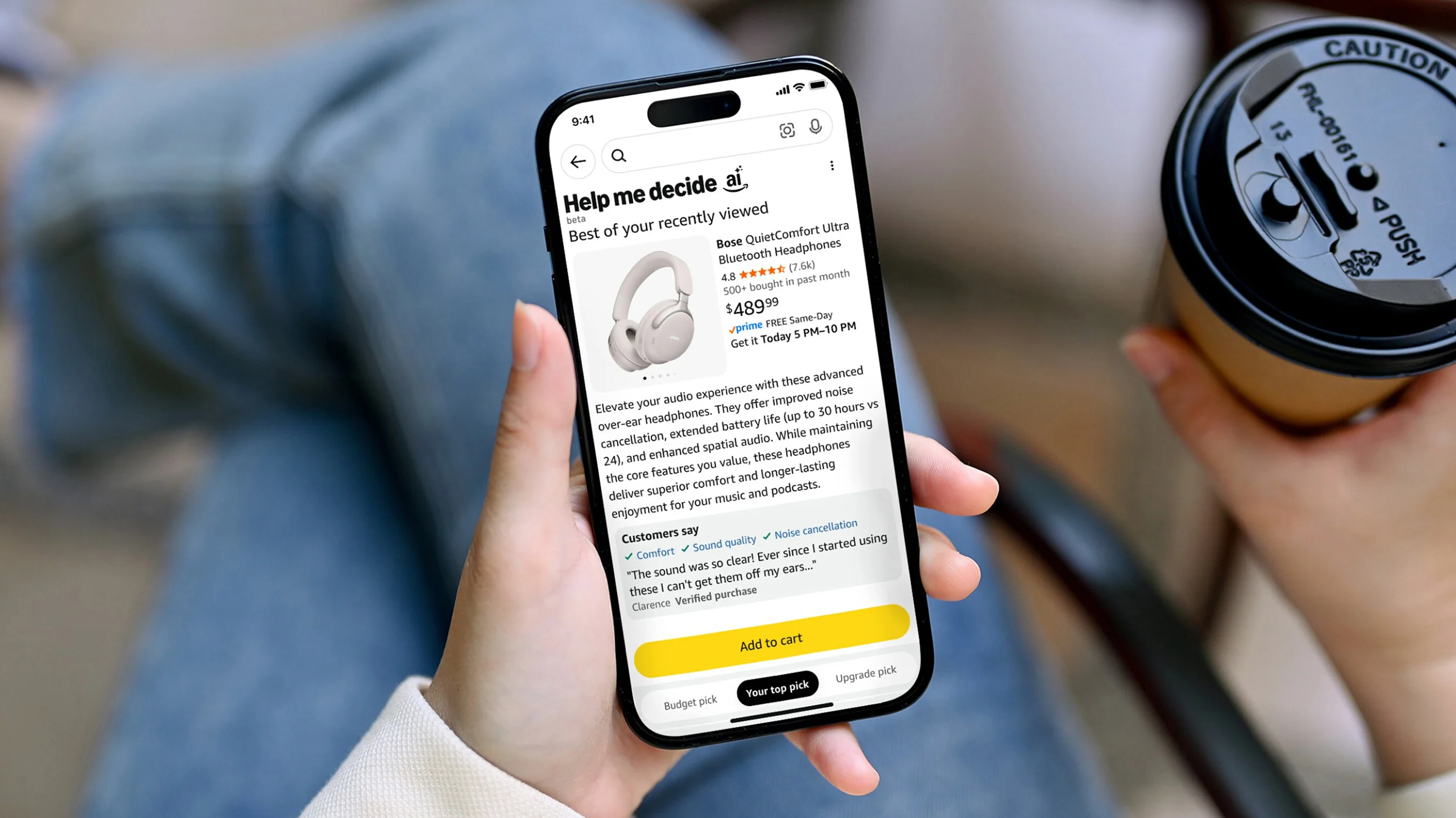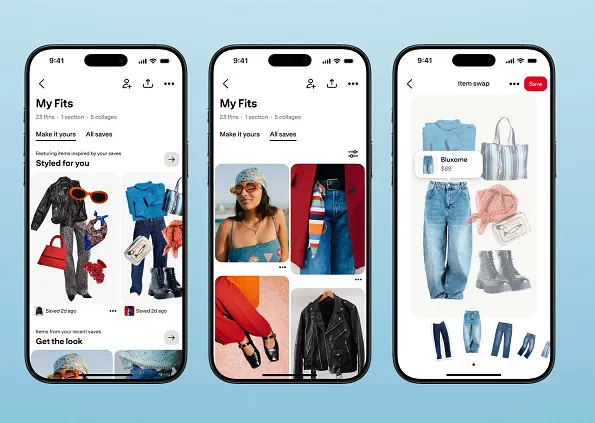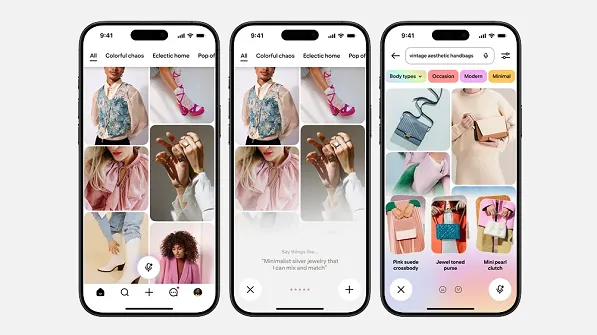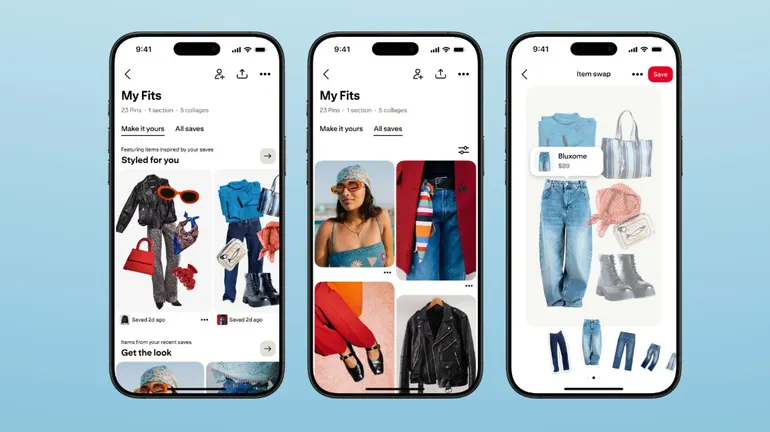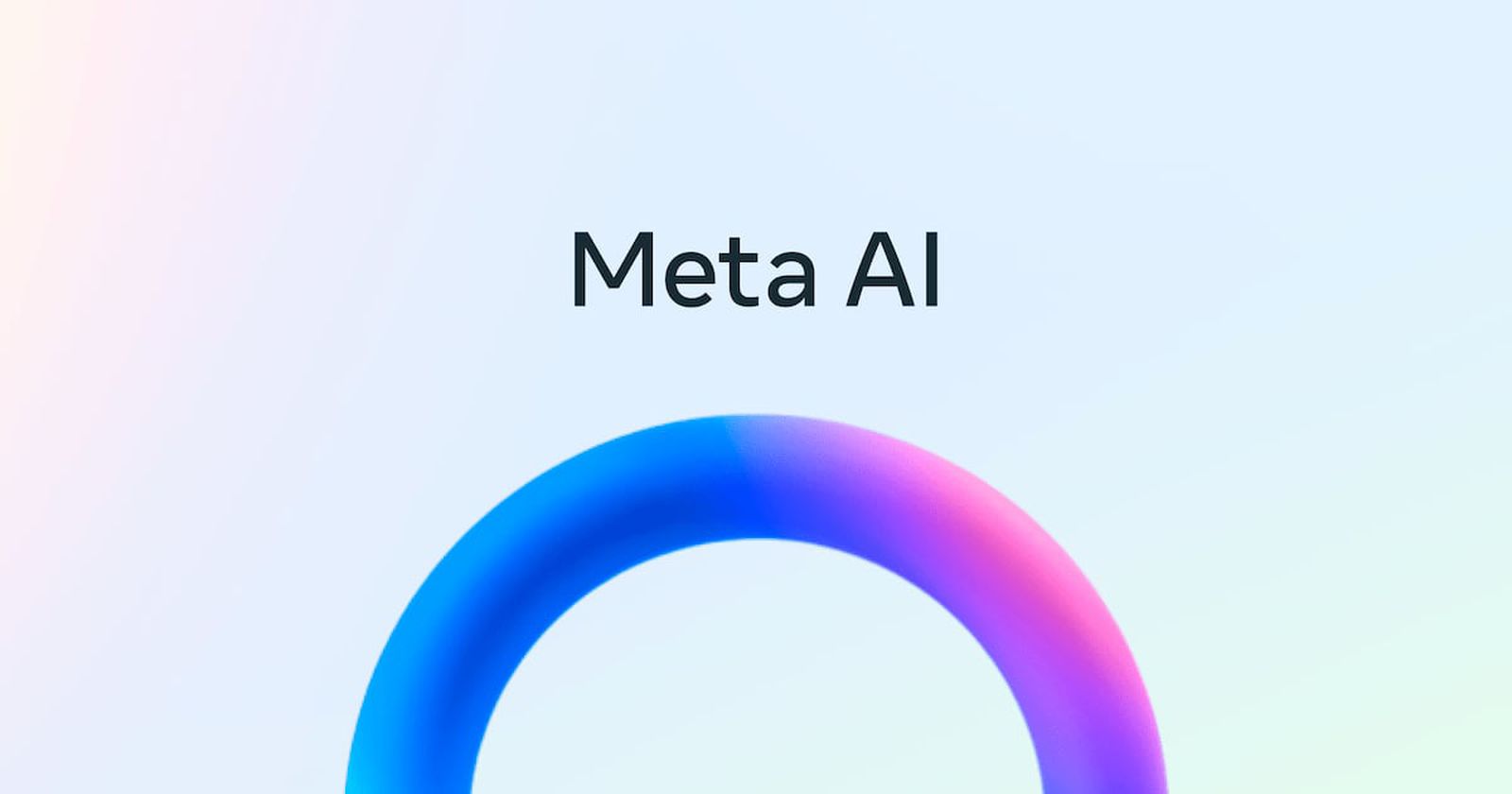#personalization
#personalization
[ follow ]
#privacy #generative-ai #advertising #meta-ai #ai-marketing #pinterest #consumer-behavior #email-marketing #ai
fromMarTech
6 hours agoWhy behavioral segmentation beats personas for real personalization | MarTech
It's no wonder personalization programs so often fall short of expectations - they're focused on stats, not mindset. Consider this: even within the same demographic group, nearly 90% of people disagree with one another. Demographics tell us who a customer is, but behavior reveals why they act the way they do - and that's what drives trust and loyalty. Here's a slightly controversial take: I don't believe in personas. They work for storytelling and empathy building, but for personalization, they're too limiting.
Marketing
fromMarTech
6 hours agoHow to turn holiday shoppers into loyal friends, not one-time buyers | MarTech
Loyalty grows when your customers feel like you care. Between 2012 and 2014, La Quinta did something most hotel chains would never risk: it let its VP of Loyalty write personal postcards to guests - not to everyone, just to high-value customers or those who seemed ready to drift away. The postcards looked handwritten. Mike Case signed them and included his real email address.
Marketing
fromStuffed Memories by RightDesignInc.
9 hours agoStuffed Memories by RightDesignInc.
A tattoo is an indelible mark, a permanent etching of a memory or a belief onto the body. We apply this concept to stuffed animals, which are often deeply intertwined with our personal histories. Through interviews with the owners, we uncover the unique stories and memories associated with each toy-where it came from, what it has witnessed. A tattoo artist then translates these narratives into a custom embroidery design.
Design
fromForbes
2 days agoHow AI, Identity And Timing Will Define Black Friday/Cyber Monday 2025
There's little room for guesswork in digital commerce. Nowhere is that more apparent than during Black Friday and Cyber Monday (BFCM), the annual battleground where consumer intent meets brand execution at full throttle. This year, the ability to capitalize hinges on how well companies use identity, AI and behavior to trigger the right engagement at exactly the right time. I'm talking about redefining what performance means in a landscape where attention is scarce, prices are politicized and shoppers are driven by data over impulse.
E-Commerce
Marketing
fromHubspot
2 days agoHubSpot's 2025 State of Newsletters Report [data from 400+ newsletter pros]
Newsletters are resurging into a sophisticated, AI-assisted ecosystem where distribution, personalization, and word-of-mouth drive subscriber growth and revenue, but future monetization faces growing challenges.
fromGeeky Gadgets
1 week agoAutomate Your Instagram DMs Like Magic Using Jotform's AI Assistant
From crafting replies that sound just like you to handling high volumes of DMs, comments, and mentions, the Jotform Instagram Agent promises to save time while strengthening your connection with your audience. Curious how it adapts to your unique communication style or integrates with platforms beyond Instagram? Let's uncover how this AI redefines what it means to stay engaged in the digital age. Sometimes, the best way to be present is to let technology amplify your voice.
Marketing tech
fromBGR
1 week ago5 Tips To Master ChatGPT In Your Daily Life - BGR
Unless you've been actively avoiding it, you're probably using ChatGPT in your daily life. It can be helpful in countless scenarios, whether that's drafting emails, learning new skills, or helping you plan an important project. But if you feel like it tends to give generic or half-baked answers, we've put together some tips that'll help you master the app for maximum value. The secret doesn't lie in some hidden hacks or memorizing prompts, but rather in collaborating with it.
Artificial intelligence
fromBusiness Matters
2 weeks agoHow to Use AI Chat for Customer Support
Customer expectations are higher than ever. Customers demand immediate responses, 24/7 availability, and personalized interactions. As a result, businesses are turning to AI chat tools to meet these demands efficiently. AI-powered chatbots and virtual assistants are revolutionizing customer support by automating responses, handling repetitive tasks, and providing consistent, high-quality service. Handling Frequently Asked Questions (FAQs) One of the most common uses of AI chat in customer support is answering frequently asked questions (FAQs).
Artificial intelligence
fromItsnicethat
2 weeks agoHarriet Richardson and F37 build a typeface made from three ages of the artist's diary confessionals
Working with F37's Ryan Williamson on the production of the font, the typeface spans three eras of Harriet's writing life: ages four, 13 and 30 years old. The glyphs are an amalgamation of her diary scribblings, which, when included in the typeface, become a an archival project of not only Harriet's stylistic habits but also of the time of writing - there's no hashtags or @'s to be found in thes early texts.
Typography
fromApartment Therapy
3 weeks agoBefore & After: This "Totally White and Plain" Bathroom Gets a Cozy, Colorful Makeover for $80
A piece of art was the design starting point for the bathroom. Marlene is a designer, and she and her boyfriend lived in their place for a few months before deciding how to make the apartment feel personal to them. "I found an old New Yorker illustration a friend gifted me years ago and hadn't had the chance to use, so I took it as the main inspo for the look and feel of the space," she says.
Remodel
fromeLearning Industry
3 weeks agoDriving AI Adoption In L&D: What CEOs Need To Know Now
AI adoption is no longer optional in corporate learning; it is an investor and buyer expectation. For investors, Artificial Intelligence is a signal of scalability and long-term growth in a very fluctuating environment. On the other hand, for buyers, AI adoption is a sign of a modern, future-proof platform. Specifically, in the L&D industry, learners witness the potential of Machine Learning via personalization, adaptive AI workflows, and measurable results.
Online learning
fromDigiday
3 weeks agoThe synthetic scroll has arrived with Meta's Vibes and OpenAI's Sora - marketers are watching nervously
The worry, even among marketers, is that these tools aren't ushering in a new creative renaissance - they're accelerating a race to the bottom. Volume over value. Engagement over a meaning. A feed full of something that looks like content but isn't saying much at all.
Artificial intelligence
fromForbes
1 month agoWhy We Don't Have BDRs (And Why You Shouldn't Either)
Business development is often framed as a numbers game: more dials, more emails, more sequences. But sheer activity without depth rarely builds trust, let alone a pipeline. That's why we stopped calling our entry-level salespeople "BDRs." In our organization, they are junior consultants. This change in title isn't cosmetic; it reflects a completely different approach to how we engage prospects and build meaningful conversations.
Growth hacking
fromMarTech
1 month agoBandits have taken over marketing decisioning, and that's a good thing | MarTech
Marketers have been using decisioning technology for decades - automated rules that decide which email to send, when to follow up or how to score a lead. What's new isn't the idea of automation, but the intelligence behind it. Rule-based systems have given way to AI engines that learn, adapt and personalize in real time. The real breakthrough wasn't just AI but the rise of cloud data warehouses. By unifying customer data at scale, they gave AI the raw material it needed to move beyond scripts and make smarter decisions.
Marketing tech
Gadgets
fromGSMArena.com
1 month agoNothing debuts Essential Apps and Playground - the building blocks for its AI operating system
Nothing OS 4.0 introduces Essential Apps that generate AI-driven mini-apps and widgets users can create, share via Playground, with device-specific limits and an alpha waitlist.
Careers
fromLondon Business News | Londonlovesbusiness.com
1 month agoFree cover letter generator to create professional drafts - London Business News | Londonlovesbusiness.com
Use a free cover letter generator with the right template, accurate contact details, and job-specific tailoring to produce polished, professional letters quickly.
fromeLearning Industry
1 month agoSmarter Learning: How An AI LMS Solves Key Challenges For Associations
These days, associations face pressure to provide greater value to their members while juggling tight budgets, a range of learner demands, and intensifying competition. Education and training are frequently the key challenges for associations, which range from retaining members to creating new revenue streams. This is where associations' delivery of learning experiences can be revolutionized by an AI-powered Learning Management System (LMS). An AI LMS helps associations not only solve challenges but also prosper in the digital age by fusing automation, data-driven insights, and personalization.
Education
fromTechCrunch
1 month agoOpenAI launches ChatGPT Pulse to proactively write you morning briefs | TechCrunch
OpenAI is launching a new feature inside of ChatGPT called Pulse, which generates personalized reports for users while they sleep. Pulse offers users five to ten briefs that can get them up to speed on their day, and is aimed at encouraging users to check ChatGPT first thing in the morning - much like they would check social media or a news app.
Artificial intelligence
fromeLearning Industry
1 month agoAI In eLearning: How Intelligent Tools Are Shaping The Future Of Training
Digital learning was once an option, but it has now become an essential part of both work and academic training. Not only is better connectivity causing this change, but smart tools that personalize, streamline, and improve the learning experience are also being added. These new technologies are changing how companies train their employees, how students engage with material in ways that feel more natural and effective, and how employees acquire new skills.
Online learning
Marketing tech
fromThe Drum
1 month agoDuct tape is not a strategy: why marketing agencies need a tech rethink to win bigger clients
Agencies must systemize technology and operations to deliver enterprise-grade stability, scalability, and governance for modern brands demanding personalization and reliable performance.
[ Load more ]






